Vietnam, with its ambition to become a new destination in the Asian semiconductor supply chain, is witnessing the first steps in forming a high-tech human resource ecosystem to serve the digital age.
According to Professor Usagawa Tsuyoshi - Japan's leading expert in the field of semiconductors and special advisor to Vietnam - Japan University (VJU), the goal of training at least 50,000 semiconductor workers with university degrees or higher, set by the Vietnamese Government for the period up to 2030, is completely feasible, if implemented synchronously between the state, businesses and universities.
Sharing with reporters at a press conference on October 14, introducing Japanese semiconductor technology and cooperation between Vietnam and Japan in this field, Professor Usagawa cited the results of a recent survey in Japan showing that the country's top 8 corporations alone need about 40,000 new semiconductor engineers in the next 10 years, equivalent to 20,000 people every 5 years.
This figure reflects the scale of human resources that advanced industrial economies need to mobilize to maintain the semiconductor supply chain - a field with both high profit margins and high risks.
Vietnam is at a favorable time to develop the semiconductor industry. Deloitte's report (2024) shows that Vietnam currently has more than 40 enterprises operating in the semiconductor value chain, mainly concentrated in Hanoi , Ho Chi Minh City and Da Nang.
These enterprises are mostly involved in design, research and development (fabless) and packaging and testing (OSAT), while upstream stages such as wafer fabrication (fab) are still absent.
Expanding into more complex processes – such as advanced packaging and wafer fabrication – is seen as necessary for Vietnam to build full-fledged manufacturing capabilities, while also increasing the need for specialized manpower.
In that context, Professor Usagawa - Honorary Professor at Kumamoto University and a cooperation expert of the Japan International Cooperation Agency (JICA) - pointed out that VJU's Bachelor of Semiconductor Engineering Technology program, which will start in September 2025, is designed to contribute to the implementation of Vietnam's semiconductor human resource development strategy.
The five-year program is expected to enroll 100 students each year and attract a large number of students from other engineering majors to transfer, aiming to train about 400 semiconductor engineers by 2030.
This is one of the pioneering programs in Vietnam designed with the participation of academic partners such as the University of Tokyo and Kumamoto University - two leading training institutions for semiconductor technology in Japan - along with support from the semiconductor alliance with members being specialized universities in Japan.

According to Associate Professor, Dr. Bui Nguyen Quoc Trinh, Director of VJU's semiconductor chip engineering technology training program, this field requires high practical skills and interdisciplinary thinking capacity.
Vietnam National University, Hanoi, where VJU is affiliated, currently has four semiconductor-related training units, including Vietnam-Japan University, University of Science, University of Technology and Institute of Information Technology, along with the newly established Institute of Advanced Materials and Semiconductors in 2024.
Associate Professor, Dr. Bui Nguyen Quoc Trinh believes that this ecosystem is opening up opportunities for extensive cooperation between institutes, schools and businesses at home and abroad, helping to shorten the gap between training and practical market needs.
Experts say the "university - enterprise - research institute" cooperation model is the key to helping Vietnam develop a sustainable semiconductor human resource.
Linking training, learning through projects and practice at businesses is considered an effective solution for students to be able to work immediately after graduation.
Several domestic corporations such as Viettel and FPT have begun expanding their operations into the semiconductor sector, from telecommunications chip design to information technology (IoT) and artificial intelligence (AI) chips.
Notably, Viettel is promoting plans to build the first chip foundry in Vietnam, promising to fill the “missing piece” in the national semiconductor supply chain.
In addition, the Ministry of Information and Communications is finalizing the Vietnam Semiconductor Industry Development Strategy to 2045, aiming to put Vietnam in the top 10 countries with the world's leading semiconductor design capacity and train 50,000 semiconductor engineers by 2030.
Associate Professor, Dr. Bui Nguyen Quoc Trinh believes that the biggest challenge today is not "training enough people", but training the right capacity that businesses need.
According to him, Vietnam is in the process of granting more autonomy to universities, thereby creating conditions for increased cooperation with the private sector and expanding international links in training.
From the perspective of experts, Vietnam is facing a "golden opportunity" to develop semiconductor human resources - a key factor to help the country break through in the global technology value chain.
Training programs like those of Vietnam-Japan University play a "kindling" role, helping to kick-start Vietnam's human resources ecosystem.
However, to achieve the target scale of 50,000 technology engineers, Vietnam needs a comprehensive strategy and Vietnamese educational institutions and training centers need to further expand the scale of training in related professions, creating supply for the market./.
Source: https://www.vietnamplus.vn/viet-nam-dung-truoc-co-hoi-vang-trong-dao-tao-nhan-luc-ban-dan-post1070299.vnp





![[Photo] Ready for the 2025 Fall Fair](https://vphoto.vietnam.vn/thumb/1200x675/vietnam/resource/IMAGE/2025/10/14/1760456672454_ndo_br_chi-9796-jpg.webp)
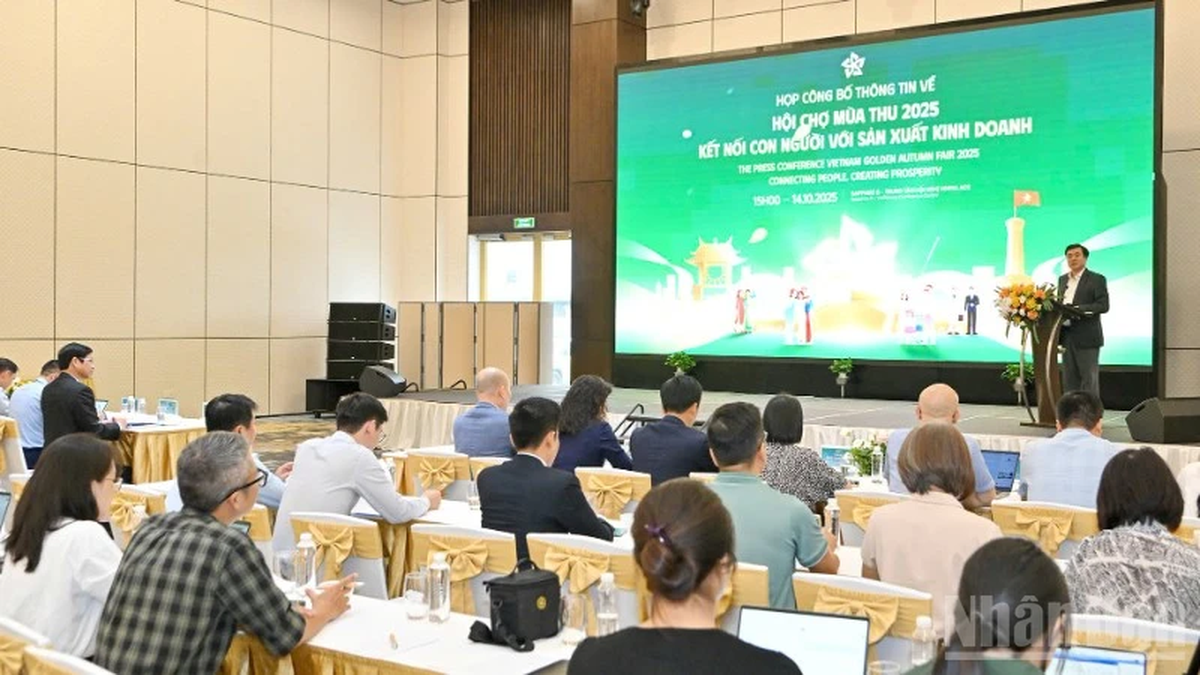












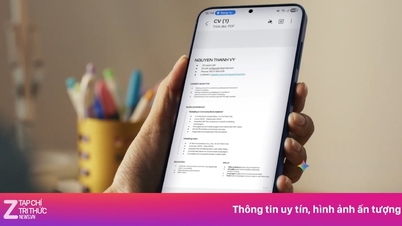


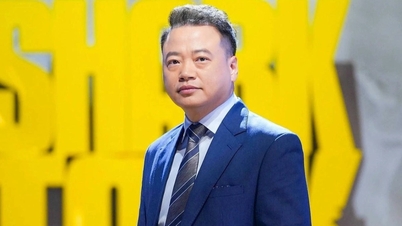

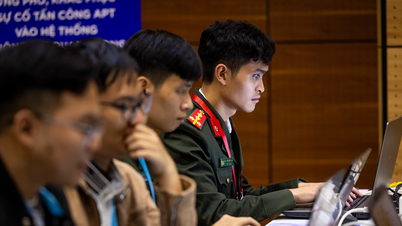






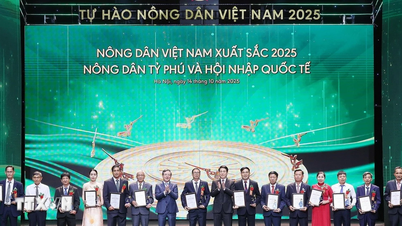
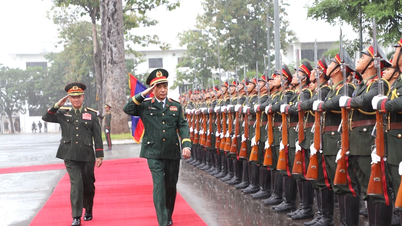
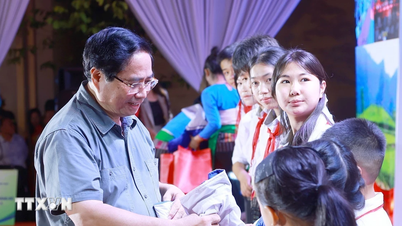

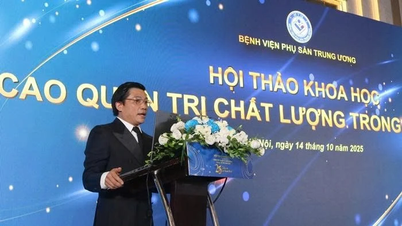
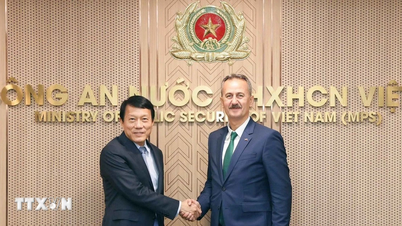





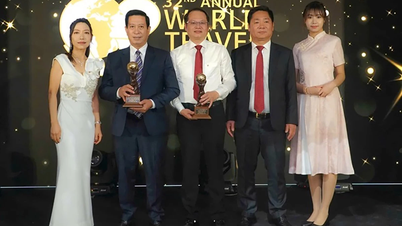

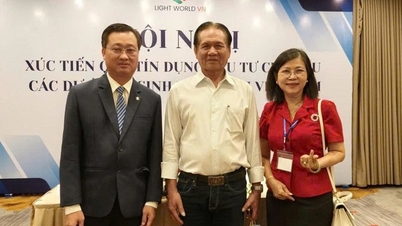


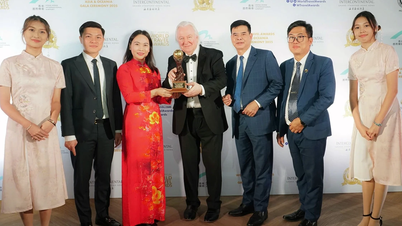







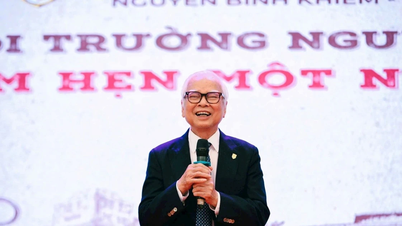





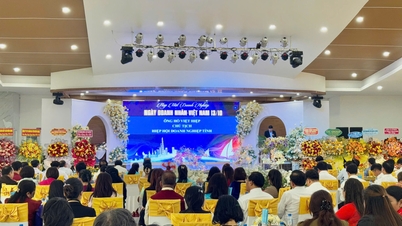
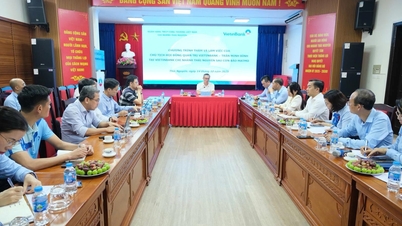
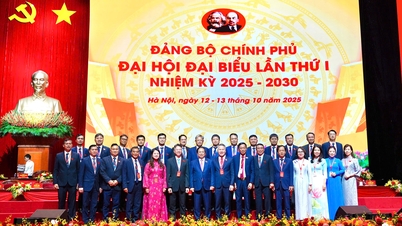
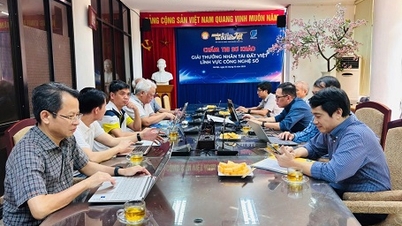















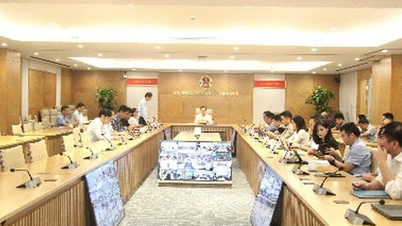




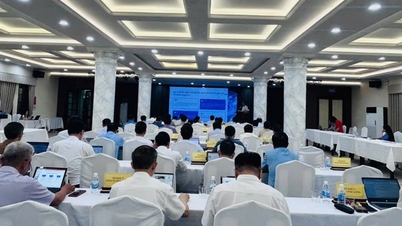
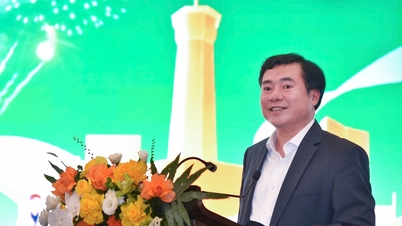

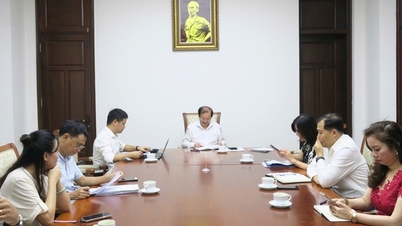


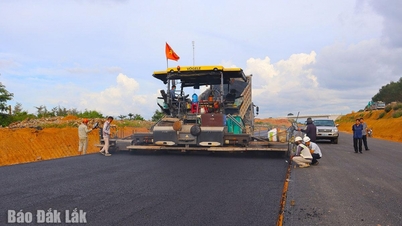



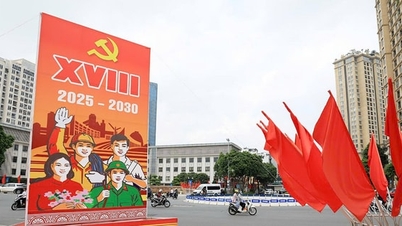


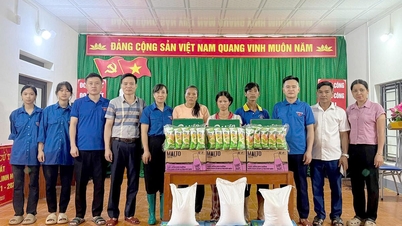












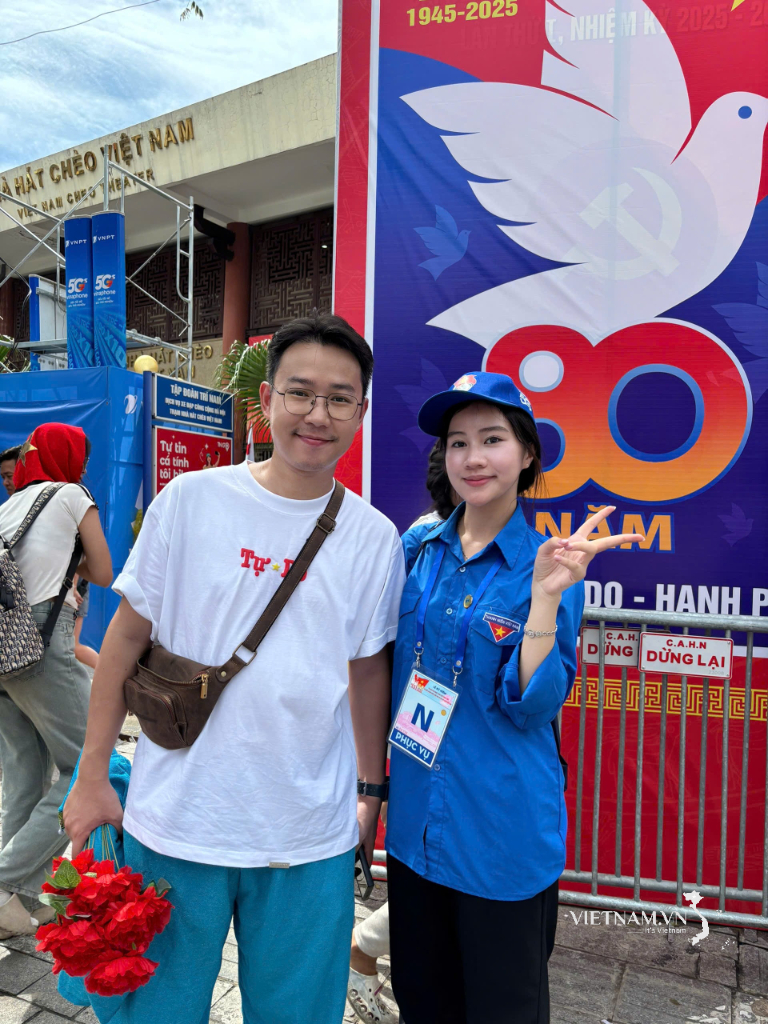


Comment (0)